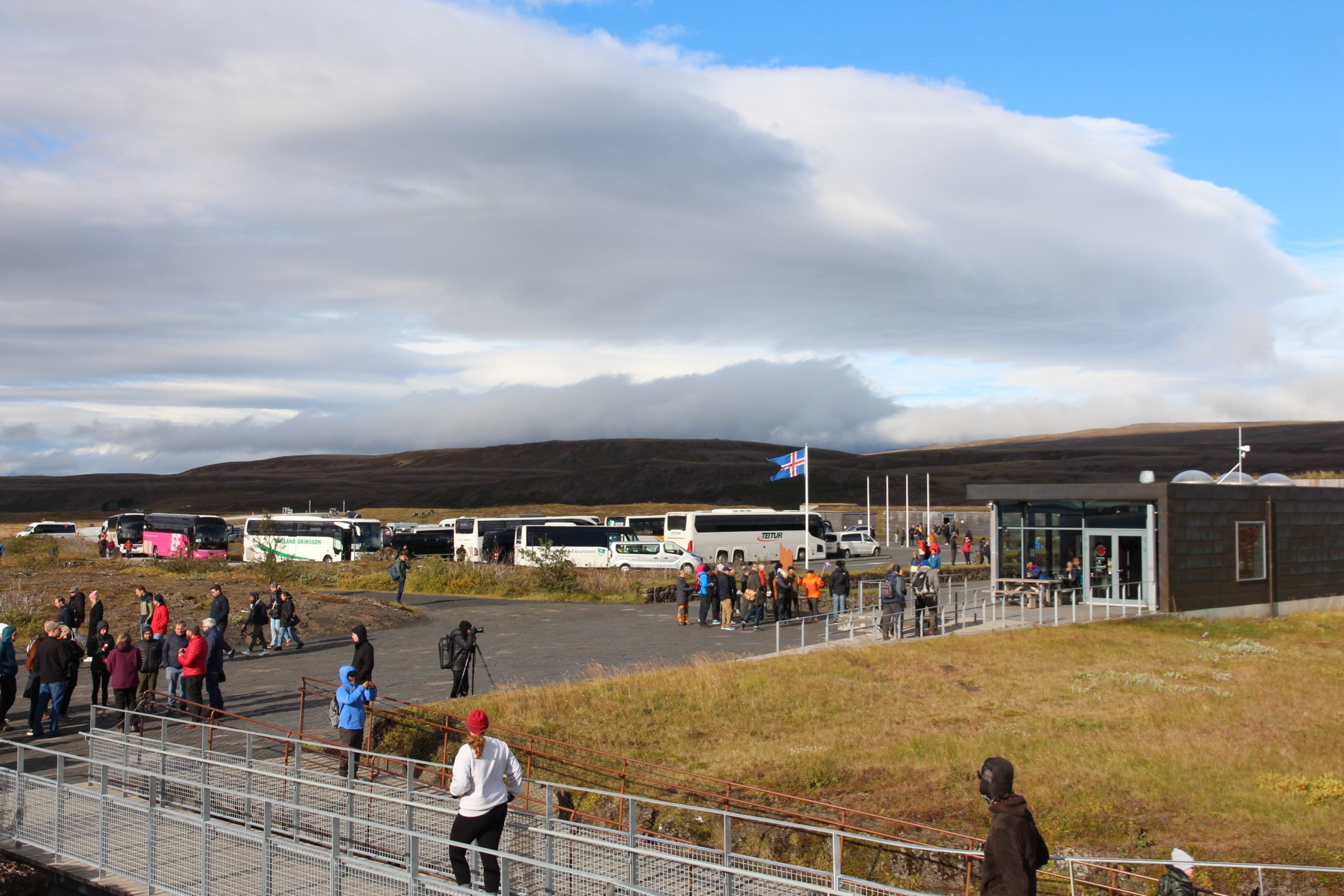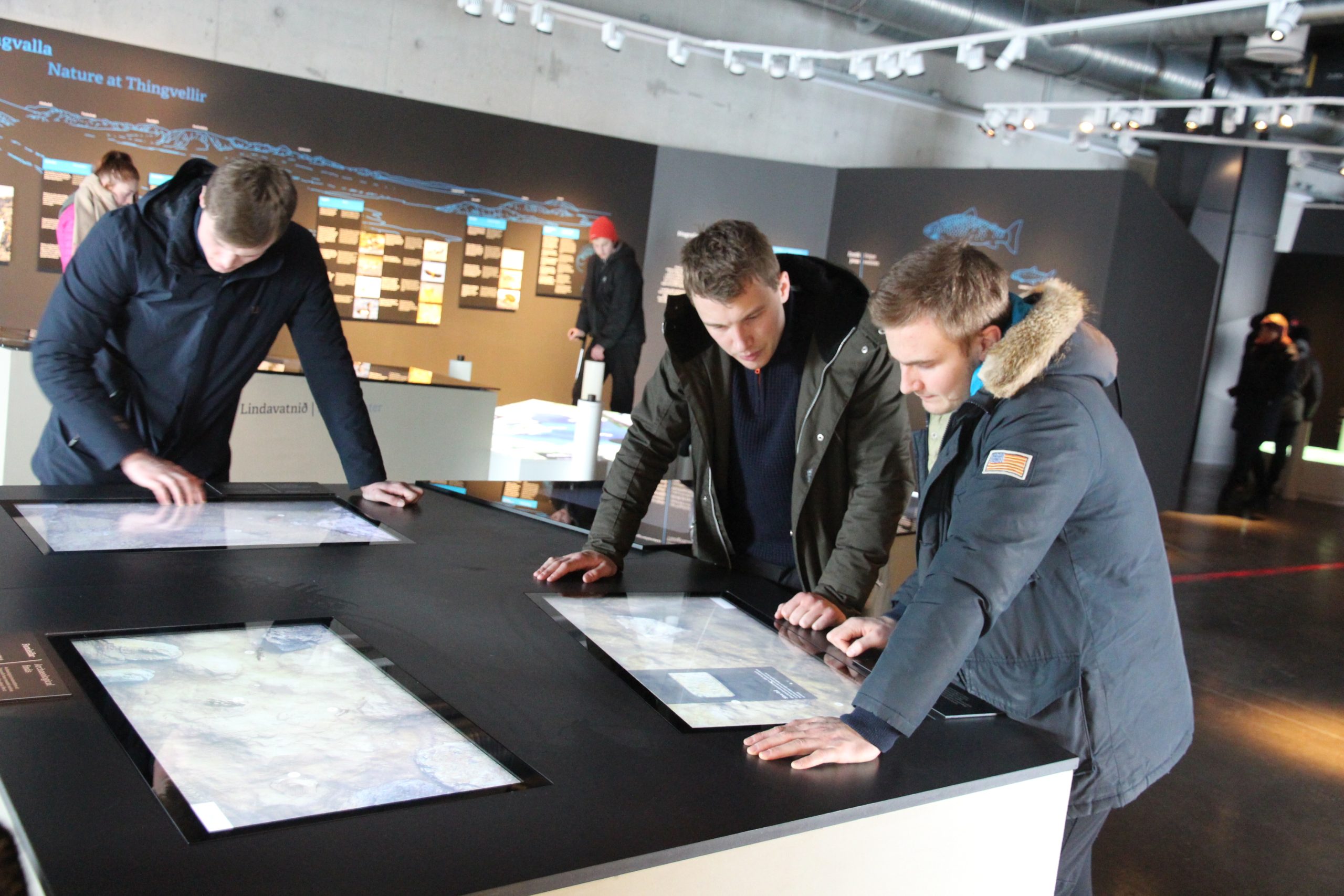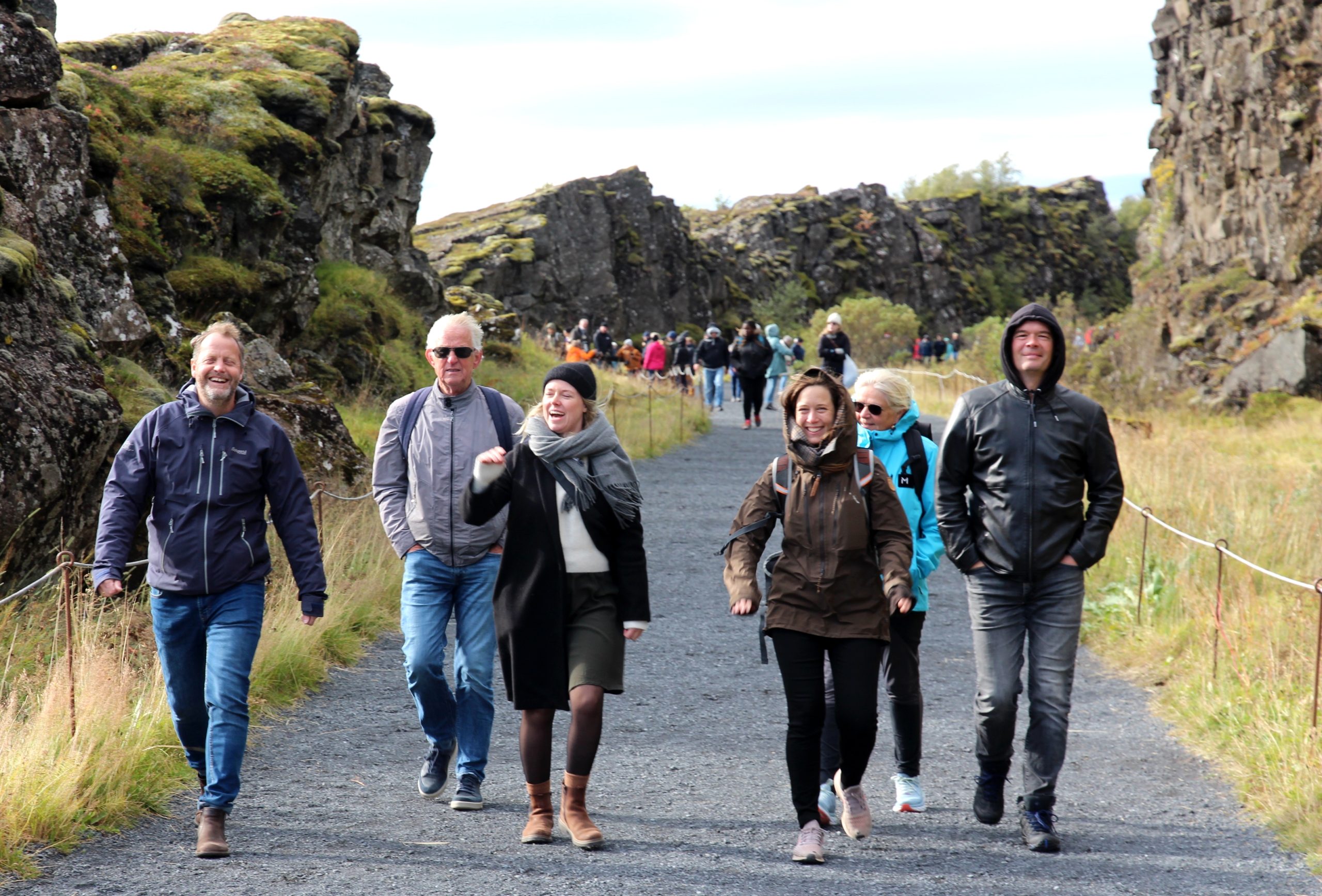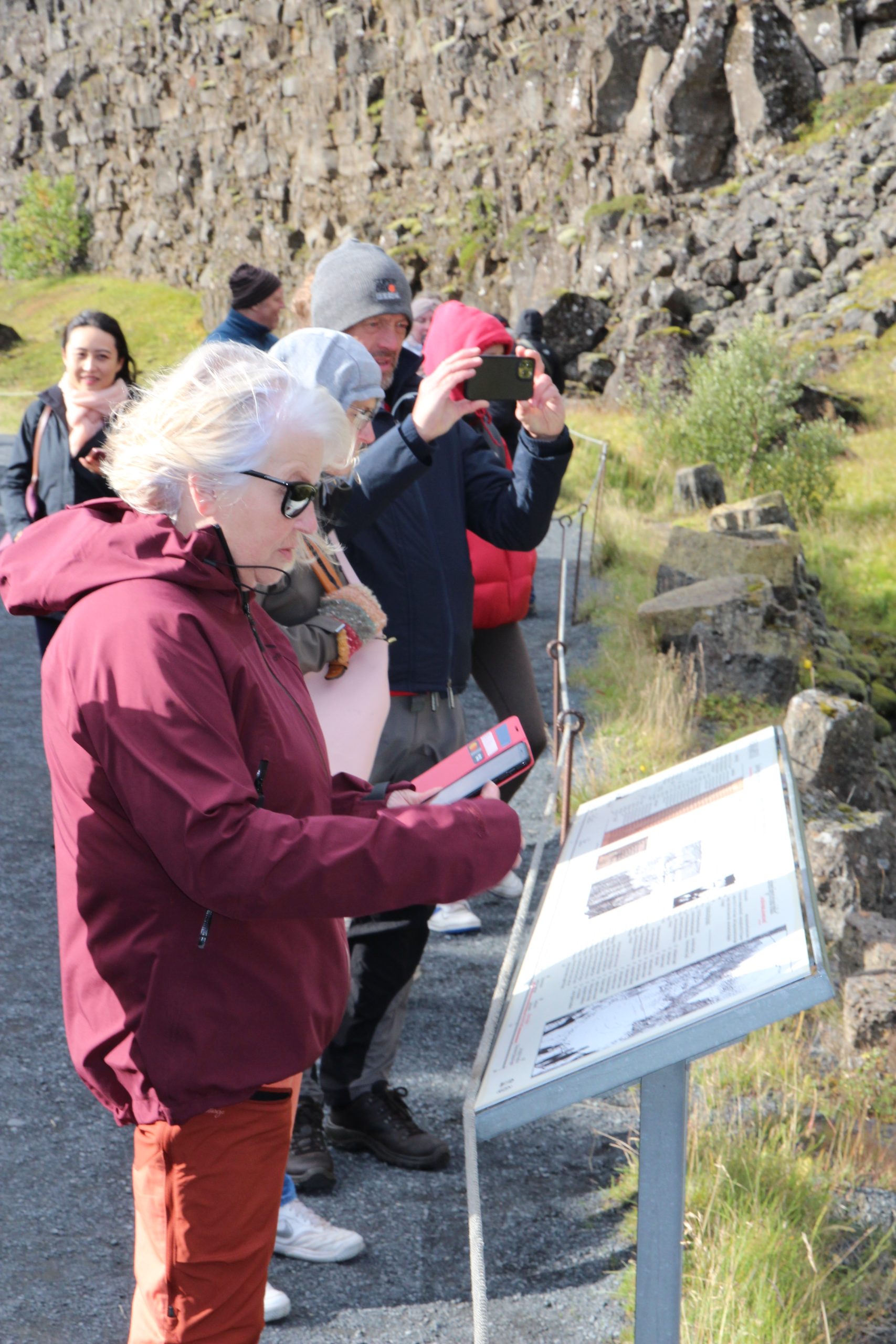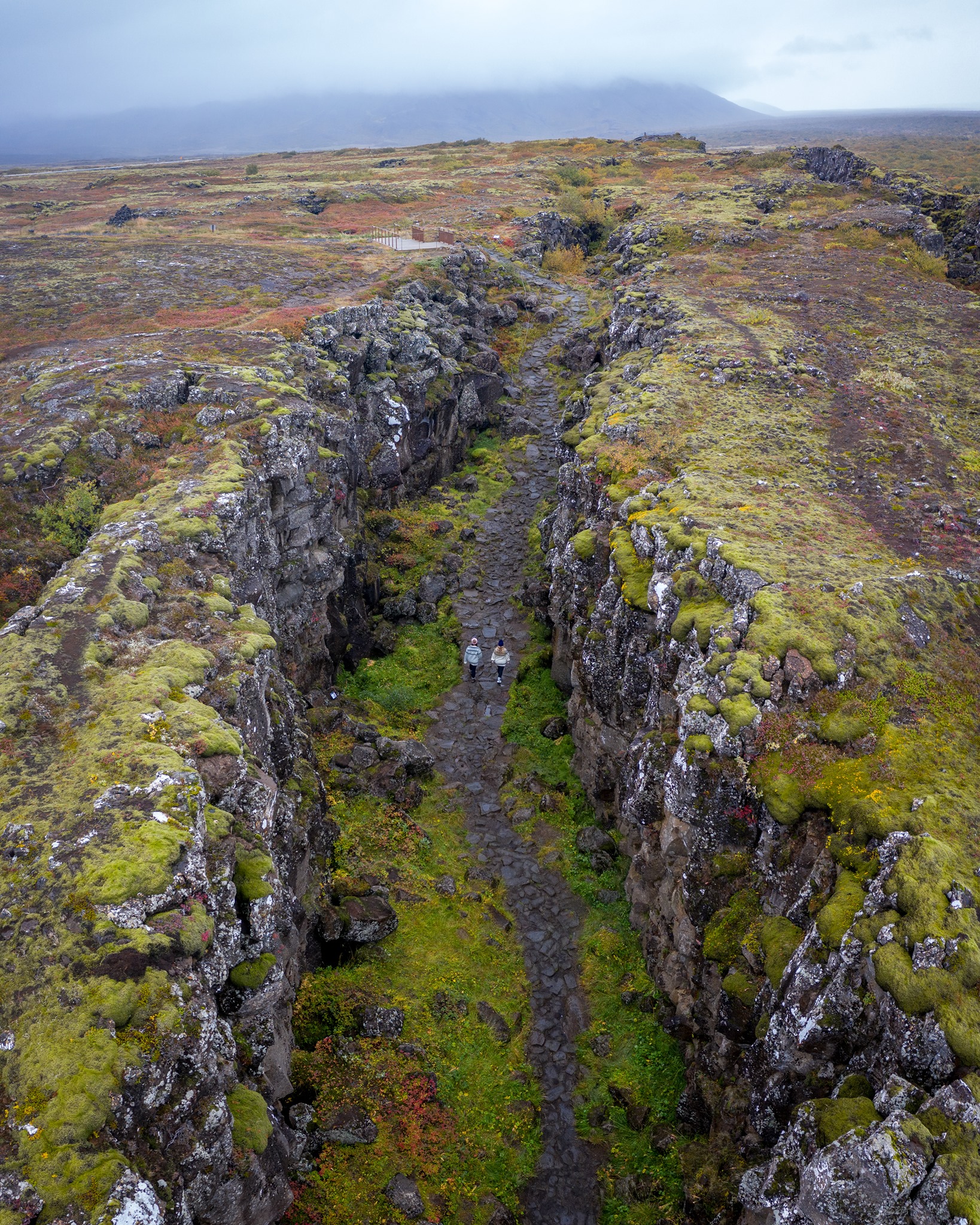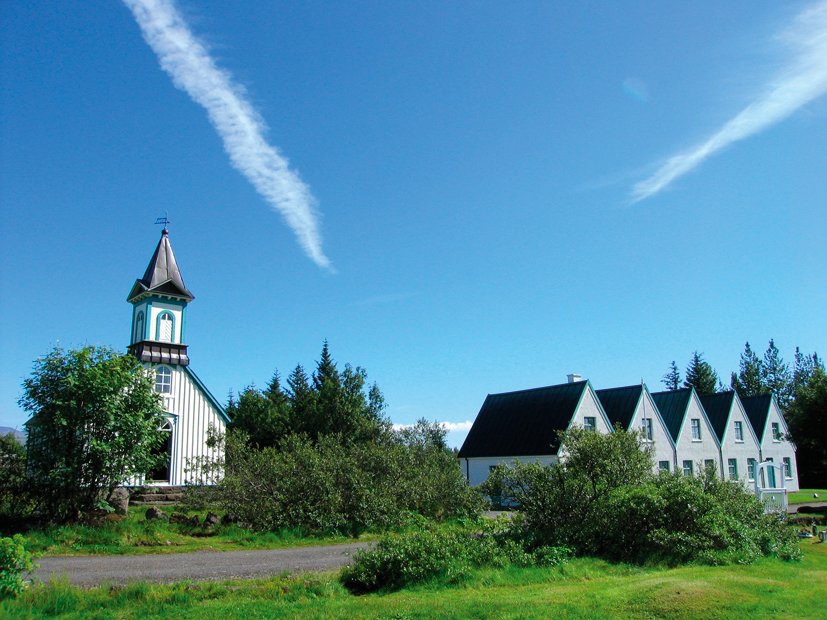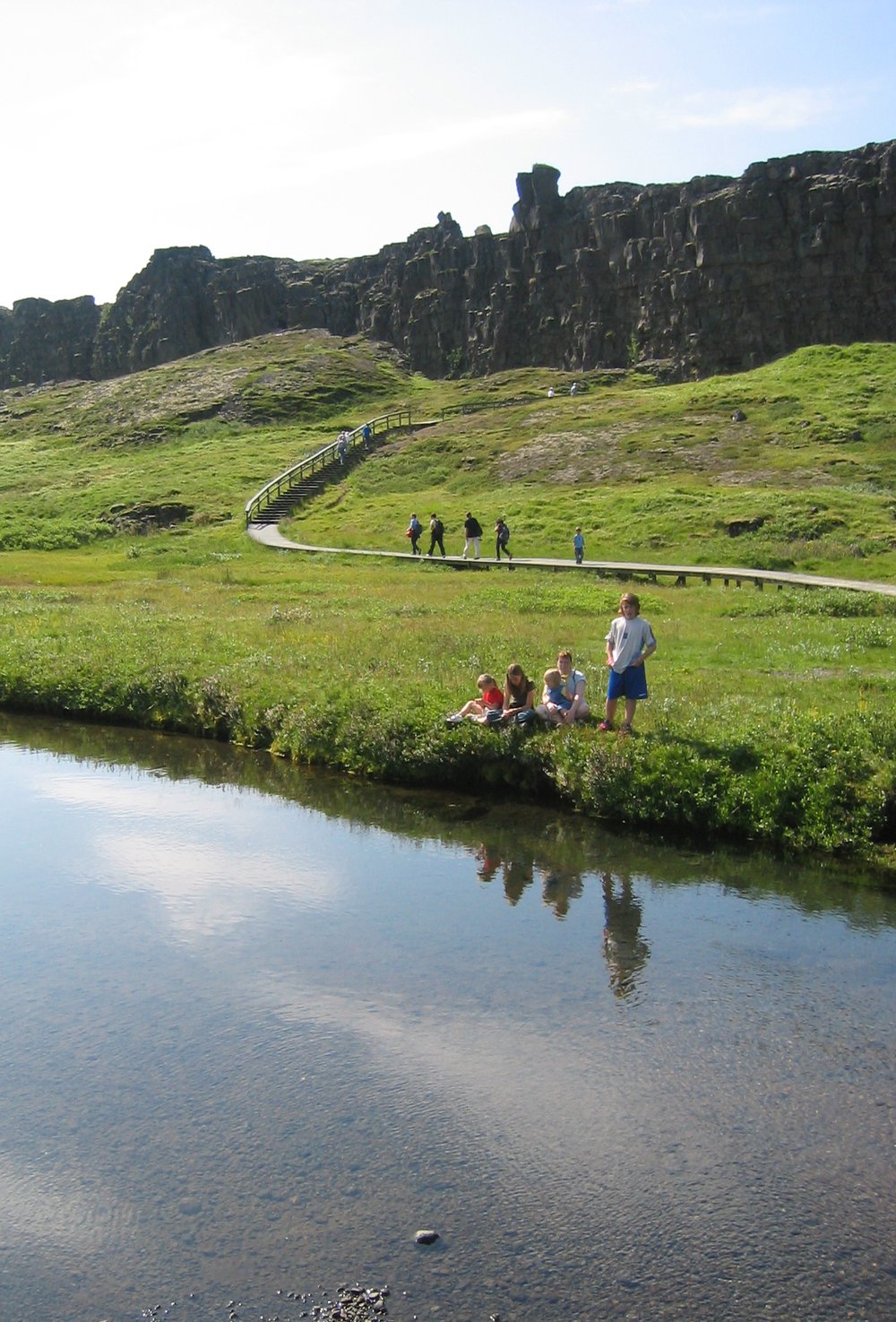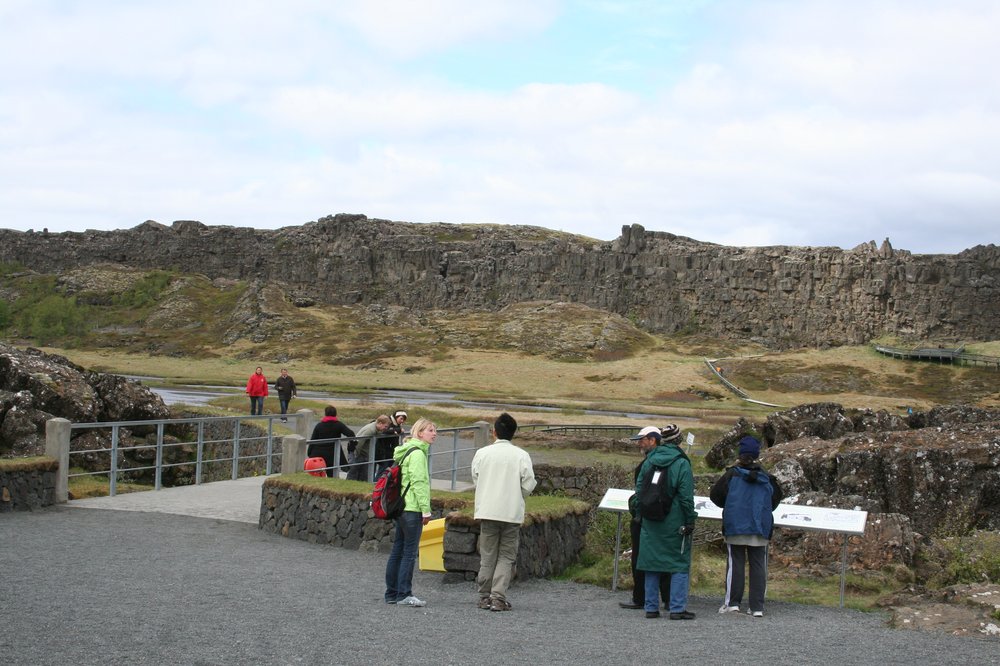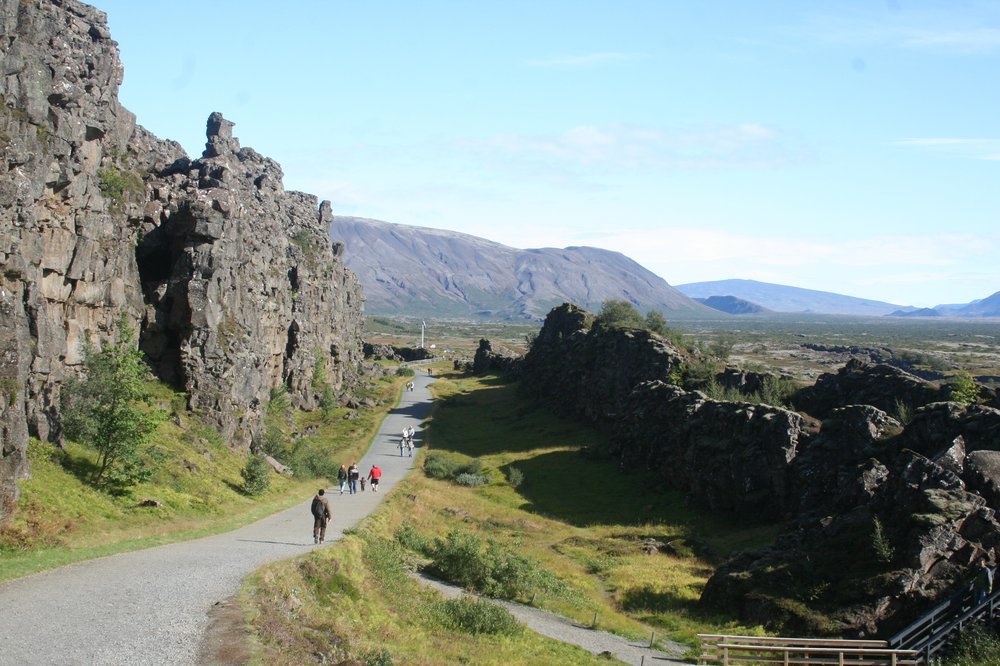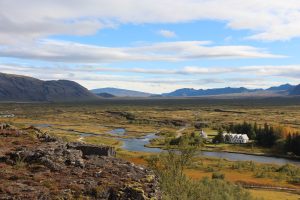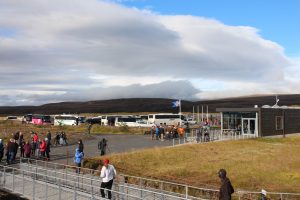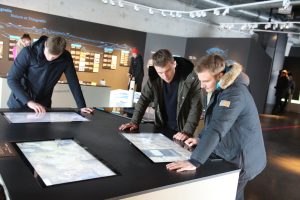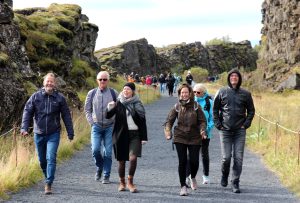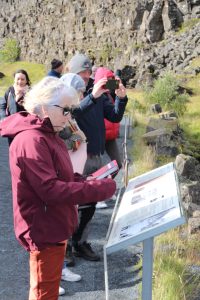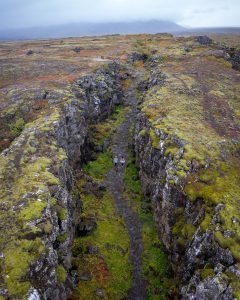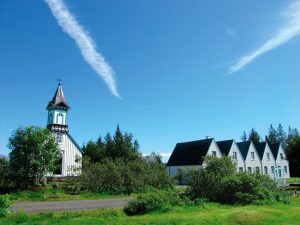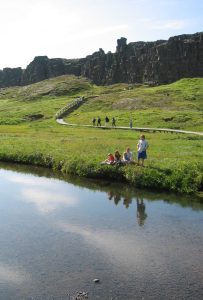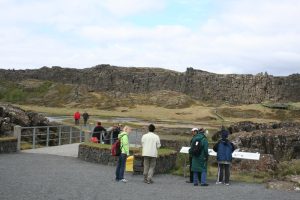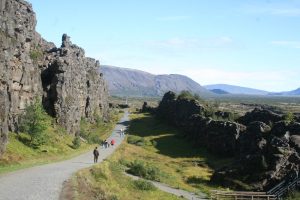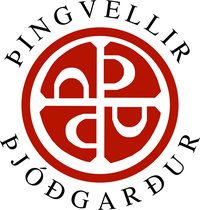Þingvellir National Park
Visit Þingvellir National Park for stunning nature, geological wonders, history and culture. Iceland’s parliament, Alþingi, was established there in 930 AD. Þingvellir became a national park in 1930 and was listed as a UNESCO World Heritage Site in 2004 for its cultural significance. The Þingvellir area is part of a fissure zone running through Iceland, situated on the Eurasian and North American tectonic plate boundaries of the Mid-Atlantic Ridge. The faults and fissures of the area make the rifting of the earth’s crust evident. One of these fissures is Almannagjá, through which a walking path lies towards the park’s main historical and natural sites.
The park celebrated its 90th anniversary in 2020 with a brand-new exhibition where visitors can learn about the proceedings of the ancient parliament, look for the park’s hidden treasures, travel the country with saga characters and learn about the life in Lake Þingvallavatn, Iceland’s largest lake.
The area is popular for hiking, horseback riding, fishing and even diving or snorkeling in a water-filled fissure called Silfra.
Ten ideas for recreation on and around the Golden Circle:
- Þingvellir is on the Golden Circle route where you can also discover other natural treasures such as Gullfoss waterfall, Geysir hot spring and Kerið crater lake. And don’t miss the historical and cultural site Skálholt, an ancient episcopal see and school.
- Get wet! Apart from the area’s many swimming pools, it includes famous dive site Silfra, Laugarvatn Fontana Spa and the Secret Lagoon.
- Hike or bike Reykjadalur, the hot river valley trail off Hveragerði, bathe in the hot river (where it’s safe), boil an egg in a hot spring and taste bread baked in the warm ground.
- Visit a greenhouse! Learn about the eco-village Sólheimar, the production of tomatoes at Friðheimar, mushrooms at Flúðir and taste their curious culinary creations.
- Imagine what it was like living in a cave!. At Laugarvatnshellar you can take a guided tour of humanmade caves where an ordinary Icelandic family (the Cave People) lived in the last century.
- The region is known for its geothermal activity and its seismic activity. You can experience it inside the earthquake simulator in Hveragerði.
- Learn all about the Icelandic horse at shows at Friðheimar, through stable visits at Sólvangur, and riding tours with one of the horse farms in the area, like Eldhestar near Hveragerði.
- History comes to life in the charming old houses in Eyrarbakki and in the new Selfoss Centre. At Árnesinga Folk Museum, it’s easy to picture village life in the past.
- Have delicious Icelandic lobster (or langoustine, as it’s called) for lunch or dinner in one of the region’s coastal towns, Stokkseyri or Eyrarbakki.
- Do a culinary tour of the region, taste traditional skyr at Skyrland in Selfoss or the Skyr factory in Hveragerði, visit micro-breweries, delight in handmade chocolates and – surprise, surprise – Ethiopian food!
For more information and travel tips, go to www.south.is


